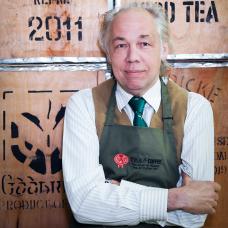What is Chai Tea? and Ingredients Used in Chai
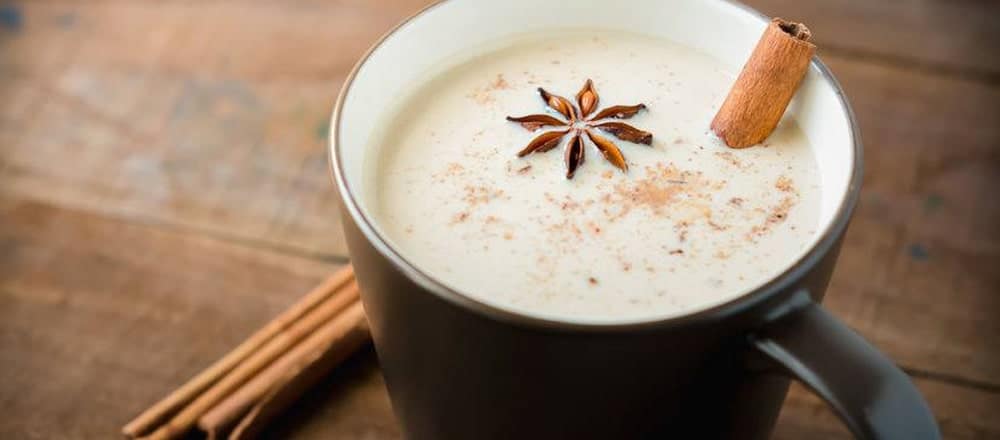
Britons have long been known for their tolerance of queues. We’re famous for it, in fact. Yet the recent influx at Tea-shops across the UK has put our collective patience to the test.
Perhaps you, too, have found yourself in this position, waddling gradually towards the counter, eyes darting around for some form of entertainment. Settling your gaze at the blackboard, you might have indeed wondered “what is Chai Tea?”
It seems to be everywhere – silently taking the country by storm. But did you know that “Chai Latte,” the term that most often appears above the heads of barristers, isn’t what it seems?
Despite its unmistakable popularity, there is little authenticity found here. To truly understand “what is Chai Tea?”, you must learn about its roots, its origins – the Indian subcontinent.
Western drinkers first acquired a taste for Chai Tea in the 1990s. In India, meanwhile, this aromatic delight arguably dates back millennia. From region to region, village to village, and even household to household, recipes differ significantly from one another. There, a Masala Chai Tea, as its officially known, has taken on a life-force of its own.
The following article will explore all aspects of “what is Chai Tea?”, diving deep into its history, ingredients and Chai Tea benefits. And once you know the facts, you can buy from The Kent and Sussex Tea and Coffee Company. We pack all Loose Teas, Tisanes and Coffees fresh to order – our way of guaranteeing both quality and consistency. What’s not to like?
Table of contents
- What is Chai?
- Chai Tea Ingredients
- Loose Leaf Black Tea
- Cardamom: An Ingredient Used
- Peppercorn: An Ingredient Used
- Cinnamon: An Ingredient Used
- Cloves: An Ingredient Used
- Ginger Root: An Ingredient Used
- Star Anise: An Ingredient Used
- Turmeric: An Ingredient Used
- Other Common Ingredients
- Chai Tea Recipe
- Chai Tea Selection
- Conclusion
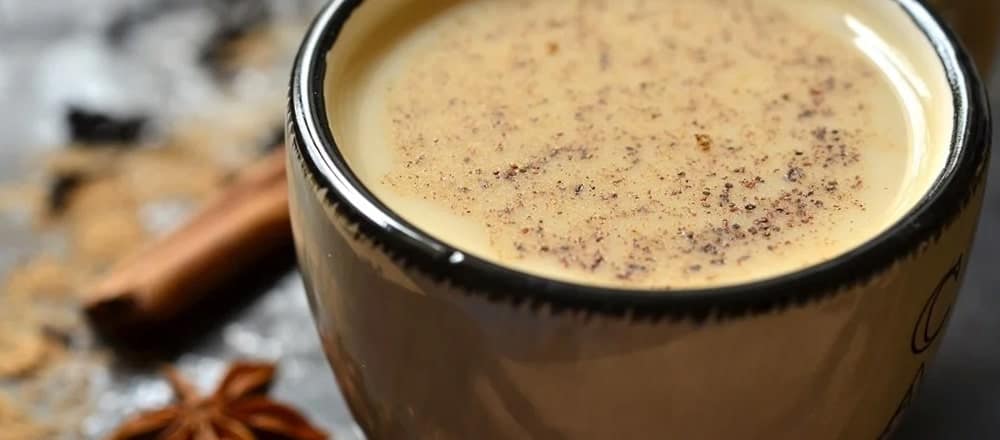
What is Chai?
Let’s start at the beginning of “what is Chai Tea?”. This delectable infusion is a type of flavoured Indian Black Tea combining the finest quality leaves with a variety of herbs and spices.
The leaves, in particular, most commonly originate from the Camellia sinensis var Assamica (Indian Tea) plant. Its other ingredients, meanwhile, derive from across the Indian subcontinent.
We’ll look into these ingredients in more detail in due course. For now, it’s worth noting that a typical cup of Chai Tea contains cardamon, cinnamon, cloves, peppercorn and star anise.
Slightly more unusual blends, on the other hand, might have ginger root, turmeric, fennel, ginseng, lemongrass, liquorice root or nutmeg. Regardless of its components, Chai Tea benefits the mind, body and soul in a plethora of ways.
Types of Chai Tea vary depending on the area of India they come from. The northern Indian state of Rajasthan, for example, makes it by adding camel milk.
In Kolkata, the capital of West Bengal, it includes buffalo milk. Then there is a recipe from the state of Jammu and Kashmir known for its pinkish tint from adding salt. In some regions, a dollop of butter is the preferred choice.
Due to the multitude of recipes available, it’s immensely difficult to describe the taste of Chai Tea comprehensively. However, as a rule of thumb, it offers a distinctly bold flavour with sweet, spicy hints in every sip. From Cutting Chai to Irani Chai; Darjeeling Chai to Assam Chai; and then, of course, Masala Chai, the possibilities are almost endless.
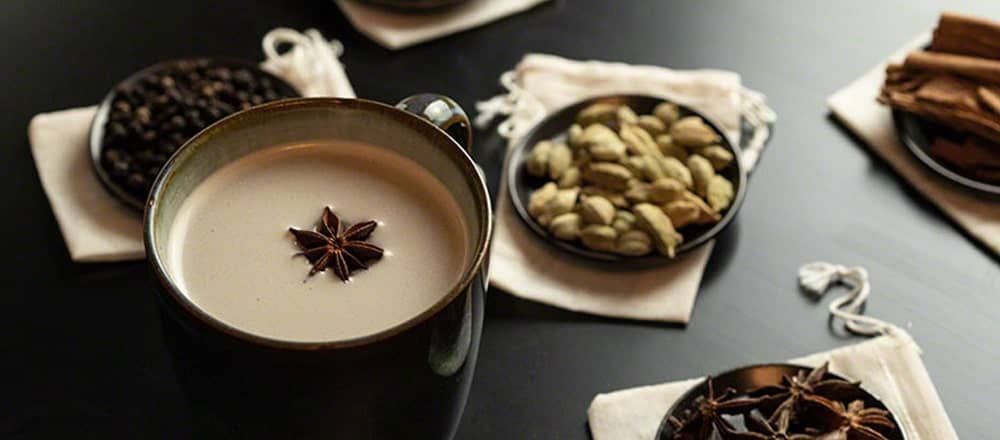
Chai Tea Ingredients
The term “Masala Chai”, translated from Hindi, means “Spiced Tea” (मसालेदार चाय). It stands to reason, then, that a cuppa of it involves a multitude of delicious, indulgent ingredients.
Let’s now explore “what is Chai Tea?” component by component, beginning with the significance of each ingredient in Indian culture. Most, if not all, have a close association with the ancient Indian practice of Ayurveda.
An estimated 80% of rural communities in the country use Ayurvedic Medicine, which involves using herbs and spices to balance one’s “doshas”. Doshas, in turn, are energies in the body that make up every individual, of which there are three: Vata, Pitta and Kapha. Each dosha, according to Ayurveda, has a different function, providing spiritual harmony when balanced.
- Vata: Controls bodily functions associated with motion, including blood circulation, blinking, breathing and the heartbeat.
- Pitta: Regulates the body’s metabolic systems, including digestion, absorption, nutrition and temperature.
- Kapha: Influences growth in the body. It also supplies water to all the body parts, moisturises the skin and maintains the immune system.
But what, exactly, are the ingredients found in Chai Tea? And how can they reportedly balance the doshas in the body? Keep reading to discover more about its components, thus enabling us to get one step closer to understanding “what is Chai Tea?”.
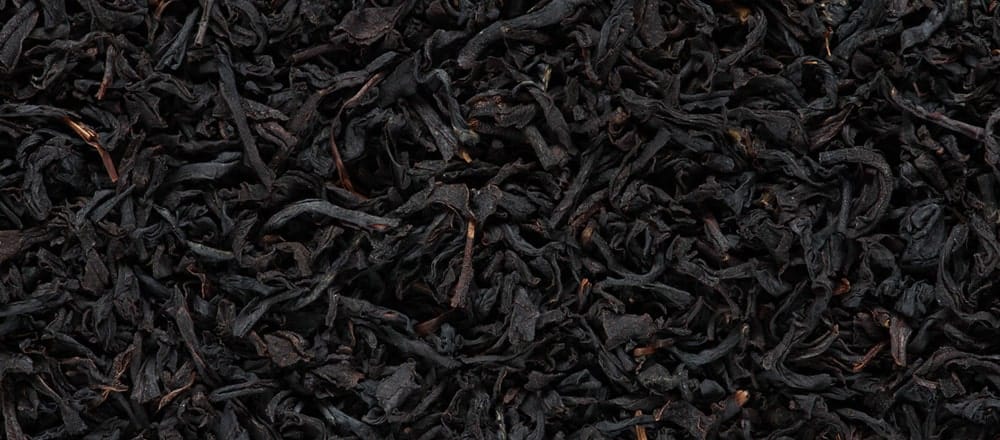
Loose Leaf Black Tea
Black Tea is one of the four primary Types of Tea, the others being Green, White and Oolong. The difference between each one comes about through the processing of the leaf.
This particular type undergoes the most processing, which involves a significant period of oxidation. In oxidising the leaf, it changes colour from green to brown to black.
What’s more, and perhaps more importantly, oxidation has a dramatic influence on the chemical structure and, ultimately, the taste of the Tea. Upon brewing, Black Tea loses the grassiness of its greener counterpart, instead consisting of distinct notes of malt and/or earth.
Depending on the type, there may also be hints of chocolate and spice, with each variety having something unique to offer.
When it comes to Chai, the most common Black Tea acting as a base is Assam Tea. Originating from the Indian state of the same name, Assam Tea first appeared on the scene in 1823. Since then, it has been “adopted” by Ayurveda for complementing the Vata dosha.
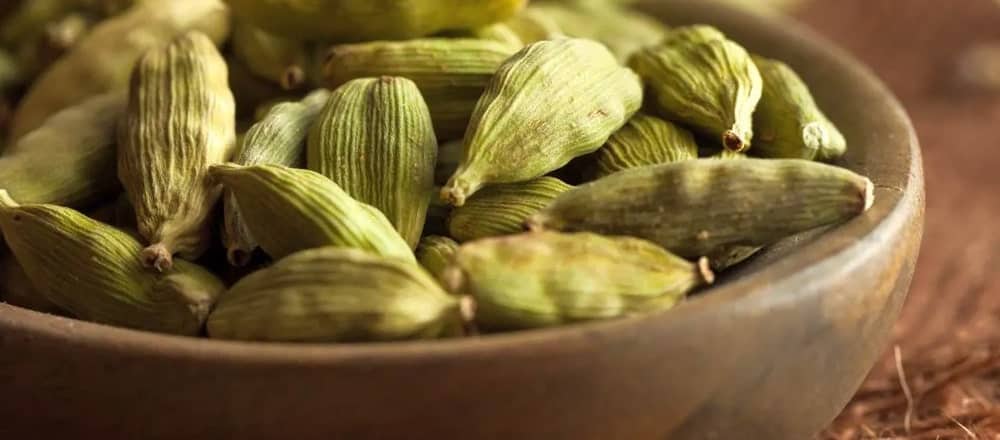
Cardamom: An Ingredient Used
This spice comes from the seeds of several plants in the Elettaria and Amomum genera. It belongs to the ginger family (Zingiberaceae) and has been a staple of Indian diets for thousands of years.
It’s considered one of the world’s oldest spices and remains a very popular ingredient used in Tea (both so-called “regular” Tea and Herbal Tea) and curries.
Cardamon’s distinct, bold and slightly sweet flavour makes it easily recognisable. During the 19th century, British colonists in India set up large-scale cardamom plantations for its cultivation.
However, even before this period, it was highly revered in Ayurvedic medicine. Cardamom is a “tridoshic”, which means it can balance all three doshas.
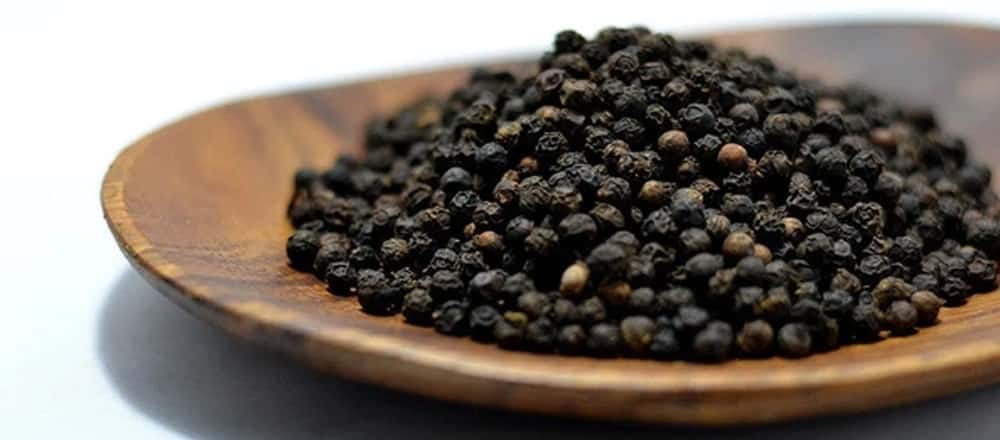
Peppercorn: An Ingredient Used
Peppercorns, like ginger, are well known in the west. We use them daily in myriad dishes from the mundane to the extravagant. Peppercorns in Chai Tea, meanwhile, are equally essential.
Deriving from a flowering vine in the Piperaceae family, they often enhance the already spicy notes of this beverage, providing an unmistakably full-bodied kick.
When it comes to Ayurveda, peppercorns can “pacify” both the Vata and Kapha doshas while also increasing the Pitta dosha. They help the free flow of oxygen to the brain, enhance digestion and circulation, stimulate the appetite and maintain respiratory system health.
In the world of science, they also have anti-inflammatory properties, thus improving skin health.
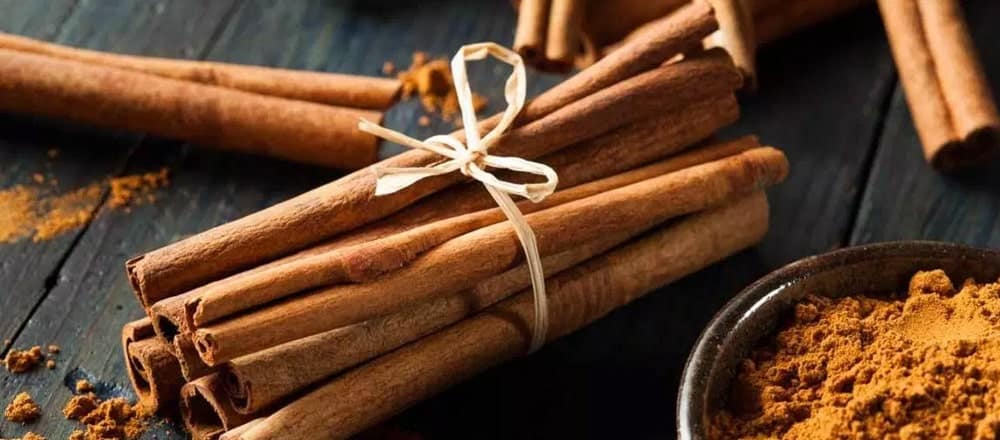
Cinnamon: An Ingredient Used
Cinnamon is both a spice and bark from several trees in the Cinnamomum genus of the Lauraceae family. Trade in this ingredient began many hundreds of years ago, with Arab merchants once maintaining a monopoly over the industry. In order to entice potential customers into a sale, these dealers once told colourful, fantastical stories about the origins of cinnamon.
According to one tale, gigantic birds “guarded” this spice high on mountain peaks – away from the people. When local communities discovered its existence, however, they decided to lure the birds down from their perches using ox meat.
The creatures took the food back to their nests where the weight of it toppled the cinnamon down to the ground. All that was left, then, was to collect it – or so the story goes.
There is, unsurprisingly, no truth to any of it. Nevertheless, the complex flavour of cinnamon makes it the perfect addition to Chai Tea. Adding it to a blend offers a distinct bittersweet note while simultaneously supporting the Pitta dosha.
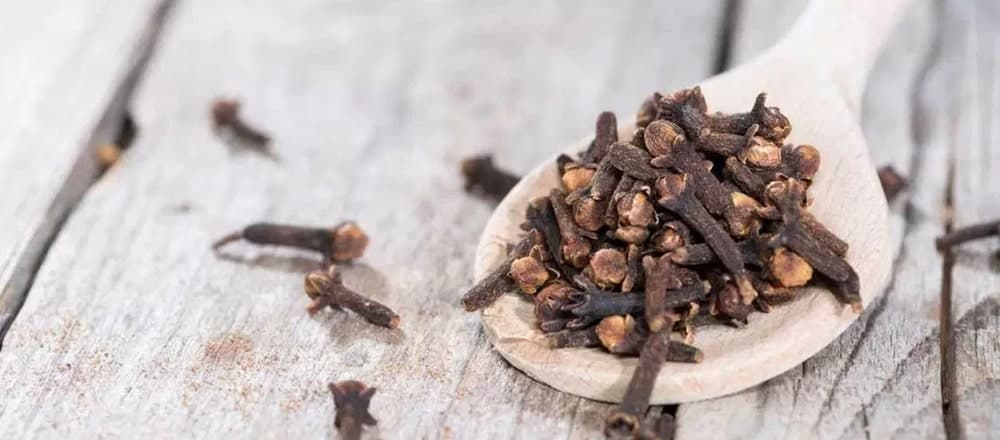
Cloves: An Ingredient Used
Cloves are flower buds from the Syzygium aromaticum tree, which in turn belongs to the Myrtaceae family. They provide one of the most potent flavours in the world of spice, best described as strong, pungent, sweet yet slightly astringent. Some also note their warming sensation on the palate, particularly when added to a Chai Tea blend.
According to Ayurvedic beliefs, cloves balance the Vata and Pitta doshas. It enhances circulation, digestion and metabolism, while also offering relief from stomach complaints such as gas, bloating and nausea.
Furthermore, modern science recognises the potential of cloves outside of holistic healing. Indeed, studies suggest that it might regulate blood sugar, thus reducing diabetes risks.
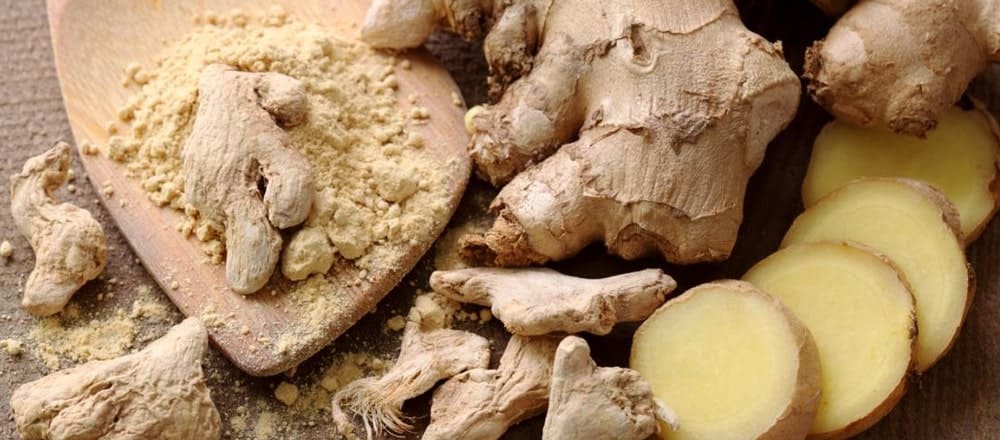
Ginger Root: An Ingredient Used
Ginger Root is a spice that requires little introduction. Unlike countless other spices of Asian origin, this particular herb of the Zingiberaceae family has been familiar to the west for at least 2,000 years.
Nowadays, we use ginger in a wide variety of household and commercial foods, including, of course, Chai Tea. It has refined tangy notes which often stand out in any recipe.
Traditional Ayurvedic texts refer to Ginger Root Tea as a remedy for many ailments prevalent in ancient Indian society. Like cardamom, it is a tridoshic.
Still, most commonly, this herb works with the Pitta dosha in aiding digestion. The same indeed applies to its modern-day use, with scientists recognising its ability to reduce intestinal gas, flatulence and bloating.
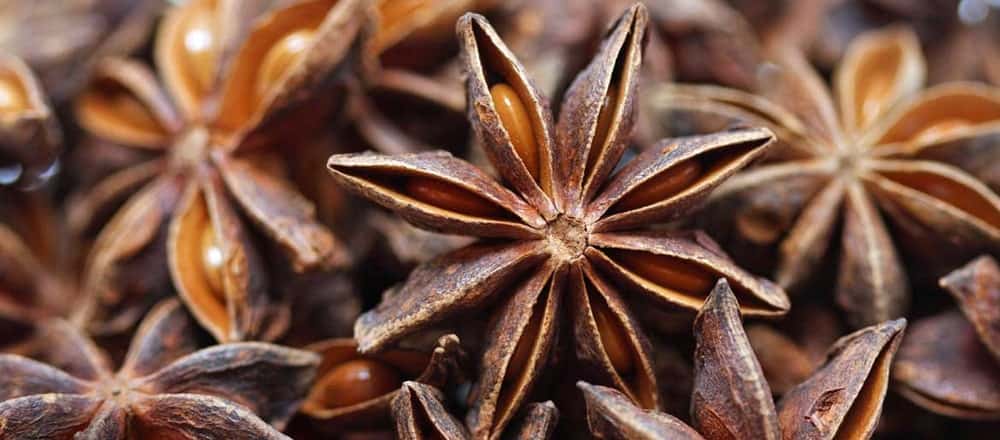
Star Anise: An Ingredient Used
Star Anise is the seed pod from the fruit of the Illicium verum tree. It’s as beautiful as it is delicious, going beyond the boundaries of Indian tradition to play an essential role in Chinese, Japanese and Vietnamese cultures, too.
Despite the misleading name, it is not, in fact, related to the aniseed plant. Nevertheless, many would say the flavours are comparable.
This is because of a compound called anethole found in both Star Anise and Aniseed, which provides a liquorice-like taste. In Chai Tea, this enables it to offer a natural sweetness with subtly herbaceous undertones.
Ayurvedic medicine recognises its capacity to treat nausea, vomiting and gastric distress. Most interestingly, modern science actually agrees!
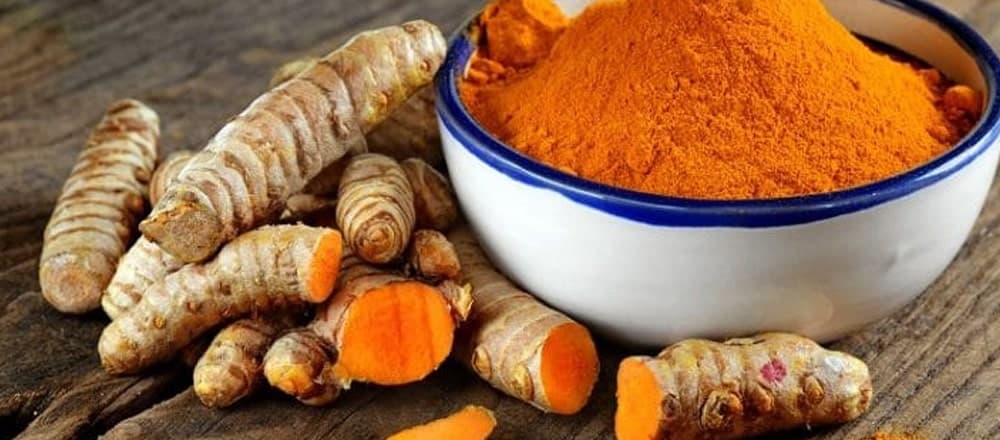
Turmeric: An Ingredient Used
Turmeric goes by a very telling nickname: “The Spice of Life”. It belongs to the Zingiberaceae family like ginger and cardamom. In terms of its taste, it has sharp, earthy, bitter notes – notes, we hasten to add, that make for an excellent addition to Chai.
Some may also choose to enjoy Turmeric Tea as a standalone Herbal Tea. Whatever you decide, you’re in for a treat.
Turmeric is a tridoshic, assisting digestion, supporting the immune system and even detoxifying the liver. From a scientific standpoint, it has greater potential still.
Due to its prevalence in antioxidants, particularly a compound called curcumin, Turmeric Tea Benefits can combat free radicals in the body. This ultimately enables it to reduce the risk of developing several chronic conditions.
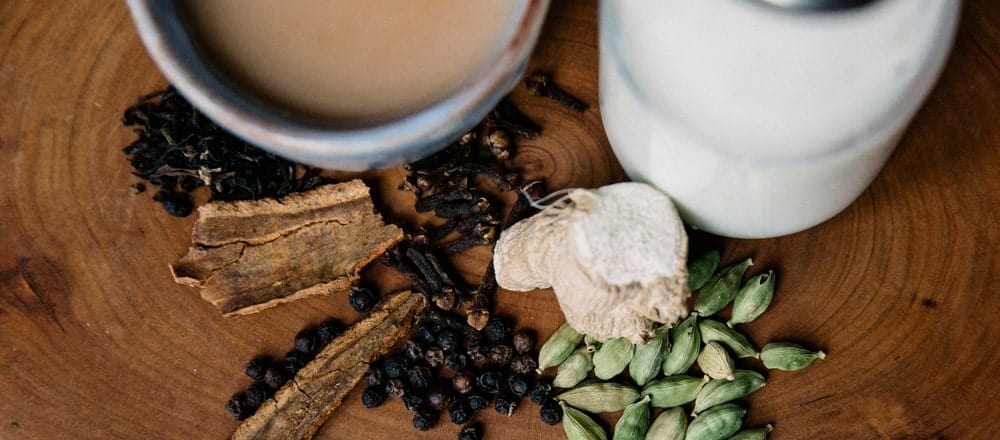
Other Common Ingredients
These are but the most classic ingredients found in Chai Tea. Others include fennel, liquorice root and nutmeg, all of which provide sweet overtones.
Then there is Lemongrass, a herb known for its citrusy flavour. Ginseng, on the other hand, has notably earthy qualities (as well as extraordinary Ginseng Tea benefits.) And yet, there’s more.
Take our Madagascan Vanilla Chai Tea, for instance, which, as its name suggests, contains vanilla pods. Alternatively, we stock Night of the Iguana Belgian Chocolate Chai. And no, before you ask, no iguanas were hurt in the making of this brew!
It does, however, boast ingredients such as apples, oranges and lemon, thus giving it a fruity twist. So, in other words, “what is Chai Tea?” can mean nearly anything!
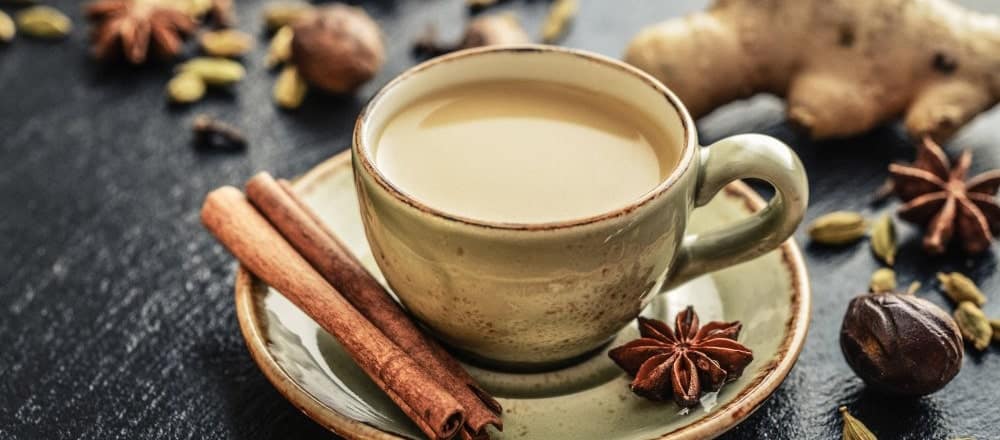
Chai Tea Recipe
Are you interested in brewing homemade Chai Tea? It’s easier than you might think. Providing you have at least some of the above ingredients to hand, the process requires little effort.
Best of all, it’s great fun, resulting in a delicious, invigorating beverage like no other. Below is but one of many recipes you can try for yourself. Just follow these instructions:
Time needed: 15 minutes
How to Make Masala Chai Tea
Ingredients: Assam Tea, cardamom pods, cinnamon, cloves, ginger, pepper, milk, sugar, water.
- Crush Herbs and Spices
Crush cloves, cardamom pods and cinnamon in a mortar or coffee grinder.
- Place Herbs into a Saucepan
Place crushed spices into a small saucepan.
- Add Water and Other Ingredients
Add water, ginger and pepper, then bring to a boil.
- Allow to Cool Once Boiled
Remove the saucepan from the heat, cover, and let it steep for approx. five minutes.
- Boil Again and Add Milk and Sugar
Replace saucepan on the heat with the addition of milk and sugar and bring to a boil.
- Add the Tea Leaves
Once again remove from heat and add our House Assam Tea.
- Allow Flavours to Infuse
Cover and steep for approx. three minutes.
- Ensure you Stir
Stir thoroughly for 90 seconds.
- Cooking Over Now Strain
Strain into a warmed teapot or directly into mugs or cups.
- You Have Made Chai Tea
Serve, relax, enjoy!
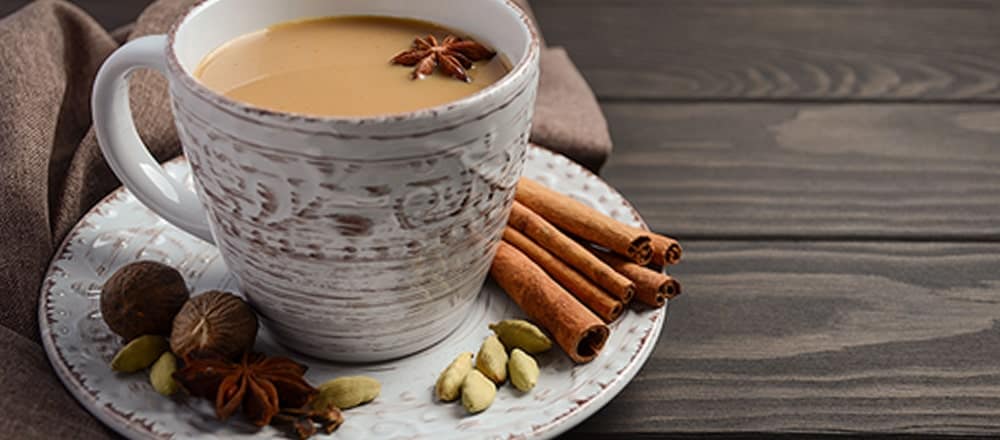
Chai Tea Selection
If you’d prefer to keep things simple, there’s always the option of buying from The Kent and Sussex Tea and Coffee Company. Indeed, we stock a wide range of Chai Tea blends – with each as wholesome and refreshing as the last.
Although we’ve mentioned a few in the article above, there are many more waiting to be discovered right here with us.
- Chai Tea Bags: These little pockets of goodness contain Black Tea, cardamom, nutmeg, ginger, cloves and cinnamon. Such is its extraordinary flavour that it won the Great Taste Award in 2006. The recipe came from a Grandmother of a very old acquaintance of Mr Richard Smith.
- Spicy Turmeric Chai Tea: This infusion is for the adventurous. As its name suggests, it comes with a spicy kick from start to finish, combined with the earthy notes of turmeric. What’s more, health-conscious individuals choose it for its benefits.
- Nepal Masala Chai Tea: Travelling over the Indian border, this is a beverage teeming with character and charm. We use Black Nepal Tea from the Shree Antu region, to which we add cinnamon, ginger, cardamom and lemongrass.
- Red Chai Rooibos Tea: If you’re looking to cut down your Caffeine in Tea intake, this is, undoubtedly, an excellent choice. The base ingredient is Rooibos, a herb that grows exclusively in the Cederberg region of South Africa. It also includes a variety of Indian spices.
- Cochin Masala Chai: This is one of our most popular varieties, a blend of Broken Orange Pekoe Tea from Assam and Kerala. South Indian spices accompany its base, creating a remarkably full-bodied taste with every sip.
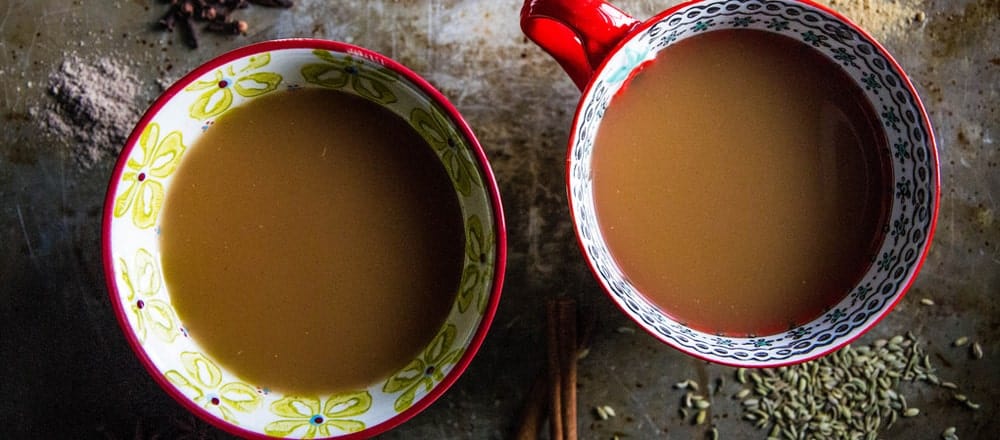
Conclusion
There is no one answer to “what is Chai Tea?” due to the fact that there are so many varieties. While Chai Latte is one option, more authentic types originate from the Indian subcontinent.
They often contain a variety of herbs and spices, including Black Tea, cardamom, cinnamon, cloves, ginger and peppercorns. According to the Ayurveda, these ingredients have healing properties.
There are also studies indicating that the components found in Chai can provide scientifically-proven chai tea benefits. Most, however, choose it for its great taste.
Whether you’re here for flavour or an improved sense of wellbeing, you’ll surely never look at that Tea-shop blackboard the same way ever again.

 Loose Leaf Tea
Loose Leaf Tea Pyramids
Pyramids Tea Bags
Tea Bags Africa
Africa Assam
Assam Ceylon
Ceylon Chinese
Chinese Darjeeling
Darjeeling European
European Indian
Indian Japan
Japan Nepal
Nepal South East Asia
South East Asia Ayurveda Tea
Ayurveda Tea Black Tea
Black Tea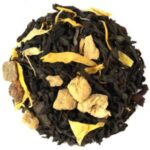 Chai Tea
Chai Tea Flowering Tea
Flowering Tea Fruit Tisanes
Fruit Tisanes Green Tea
Green Tea Herbal Tea
Herbal Tea Matcha Tea
Matcha Tea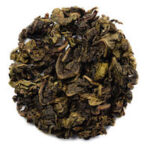 Oolong Tea
Oolong Tea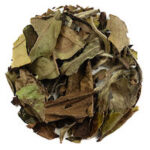 Organic Tea
Organic Tea Pu erh Tea
Pu erh Tea Rooibos Tea
Rooibos Tea White Tea
White Tea Asian Coffee
Asian Coffee Caribbean Coffee
Caribbean Coffee Central American Coffee
Central American Coffee South American Coffee
South American Coffee Coffee Blends
Coffee Blends Decaffeinated Coffee
Decaffeinated Coffee Espresso Coffee
Espresso Coffee Ethically Sourced Coffee
Ethically Sourced Coffee Flavoured Coffee
Flavoured Coffee Organic Coffee
Organic Coffee Single Origin Coffee
Single Origin Coffee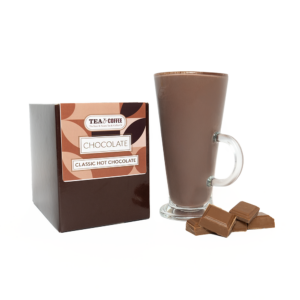 Classic Hot Chocolate
Classic Hot Chocolate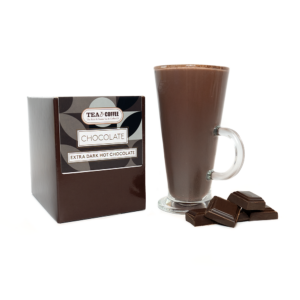 Dark Hot Chocolate
Dark Hot Chocolate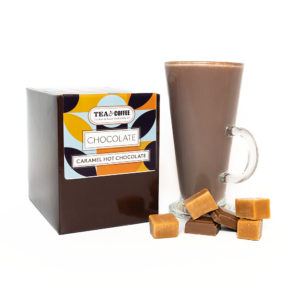 Caramel Hot Chocolate
Caramel Hot Chocolate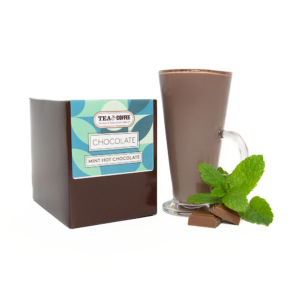 Mint Hot Chocolate
Mint Hot Chocolate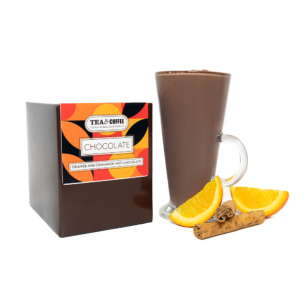 Orange and Cinnamon Hot Chocolate
Orange and Cinnamon Hot Chocolate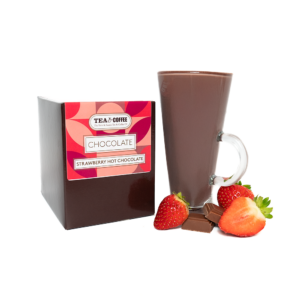 Strawberry Hot Chocolate
Strawberry Hot Chocolate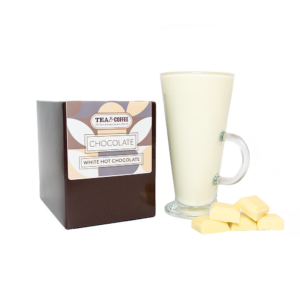 White Hot Chocolate
White Hot Chocolate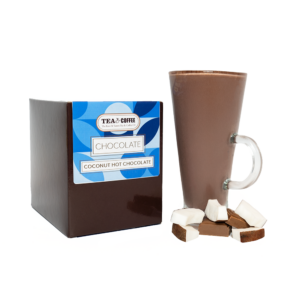 Coconut Hot Chocolate
Coconut Hot Chocolate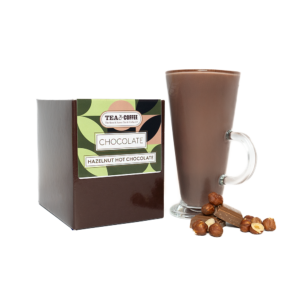 Hazelnut Hot Chocolate
Hazelnut Hot Chocolate Loose Tea Filters
Loose Tea Filters Tea Accessories
Tea Accessories Tea Bricks
Tea Bricks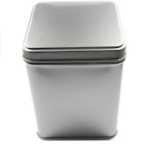 Tea Caddies
Tea Caddies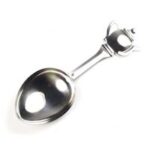 Tea Caddy Spoons
Tea Caddy Spoons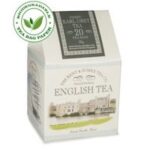 Tea Gift Ideas
Tea Gift Ideas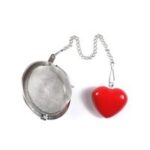 Tea Infusers
Tea Infusers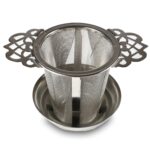 Tea Strainers
Tea Strainers